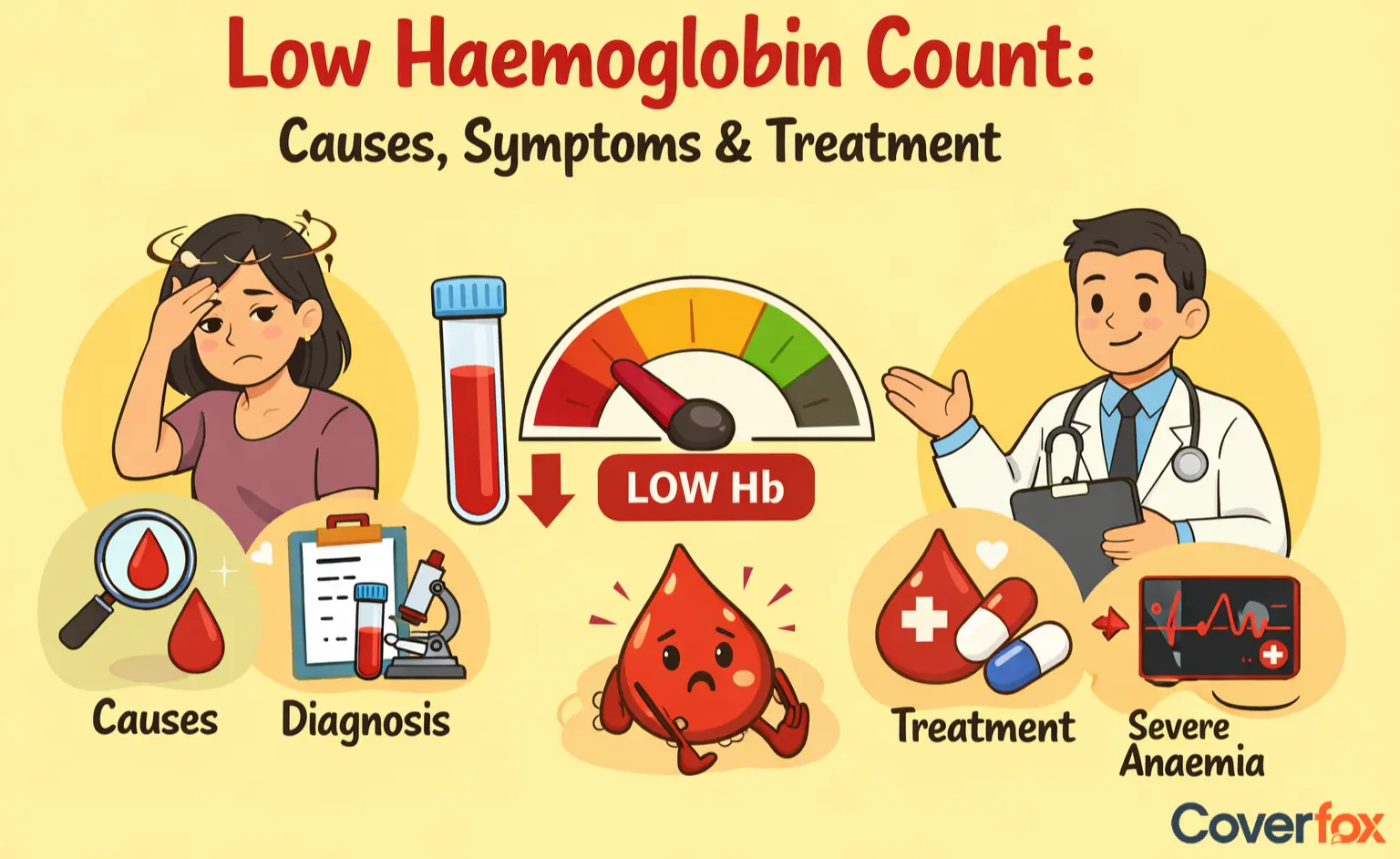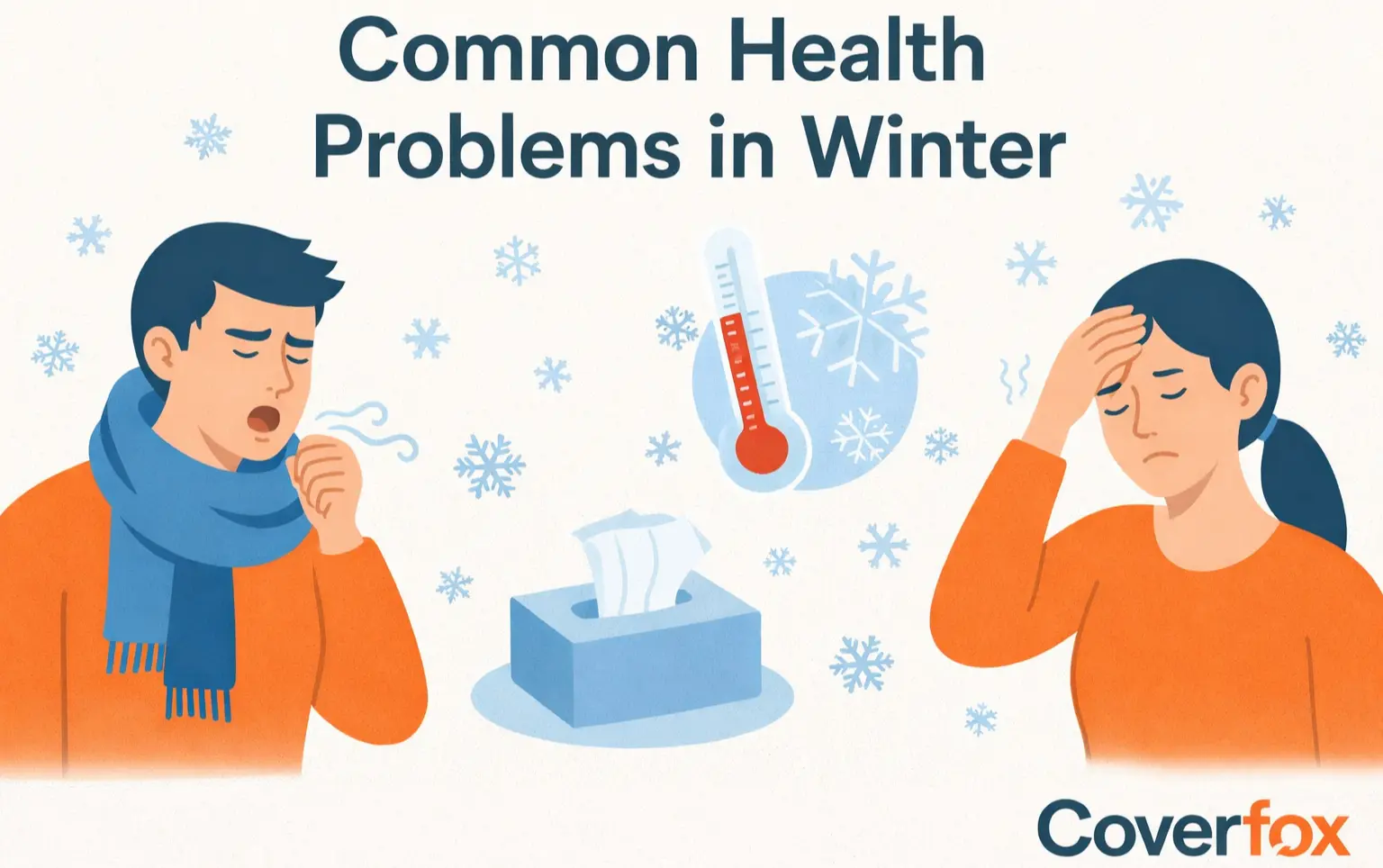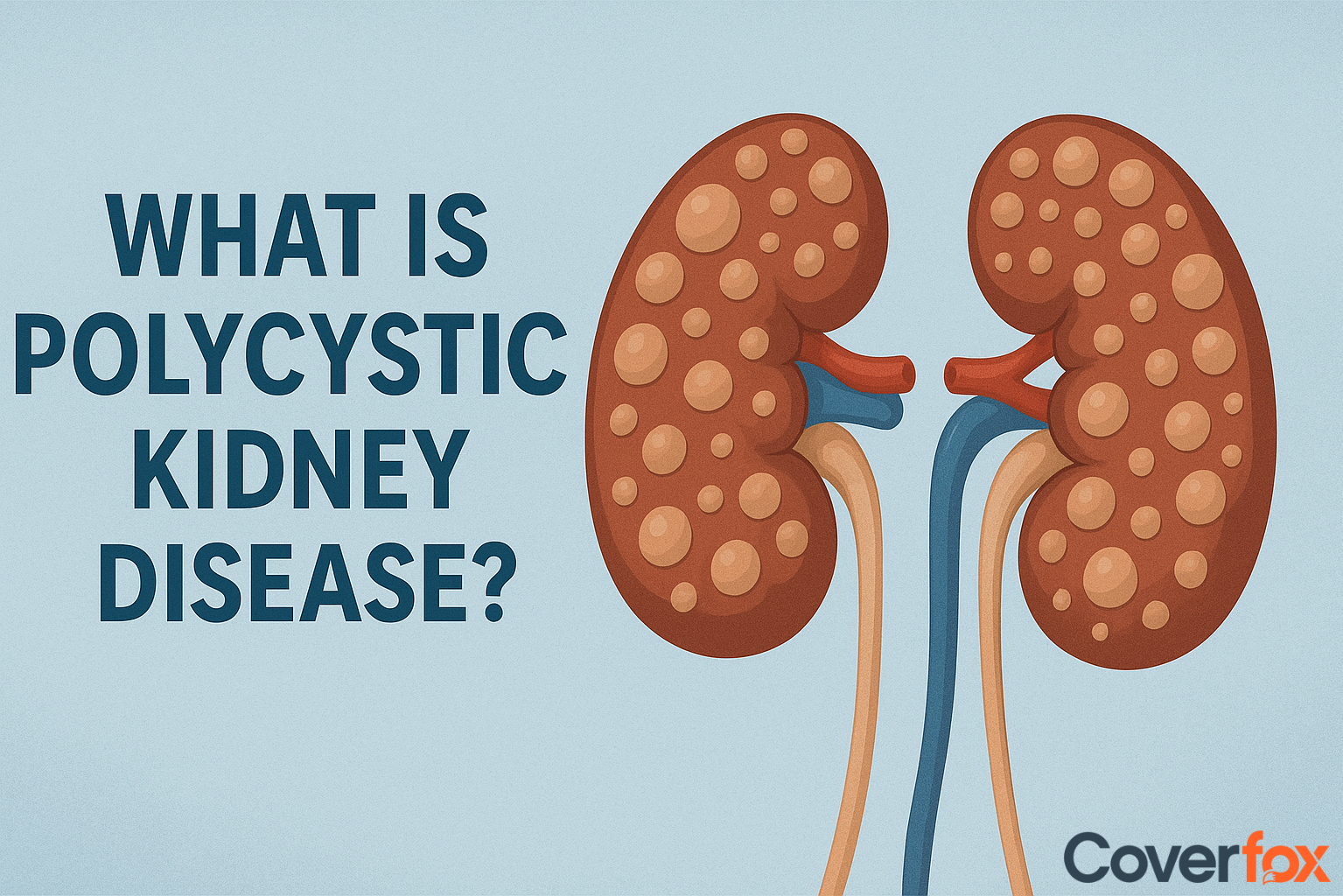The death of body tissue brought on by an infection with bacteria or a lack of blood supply is known as gangrene. It's a dangerous illness that has to be treated right now. In this article, we aim to shed light on this often misunderstood condition. We'll explore the causes and risk factors of Gangrene, delve into its symptoms, and discuss the different types of Gangrene.

What is Gangrene?
A serious medical illness called gangrene is characterized by the death of body tissue. This occurs when the tissue doesn't receive enough blood flow or becomes infected with bacteria. The condition can affect any part of the body but is most common in the extremities, such as the toes, fingers, and limbs. Gangrene can cause major side effects, such as sepsis and amputation, if treatment is not received. Therefore, understanding Gangrene is crucial for early detection and treatment.
Different Types of Gangrene
There are several types of Gangrene, each with its unique characteristics and causes. The most common types include dry, wet, and gas Gangrene. Each type of Gangrene affects the body differently and requires a specific approach to treatment. Understanding these differences is key to effective management of the condition.
- Dry Gangrene
- Wet Gangrene
- Gas Gangrene
Dry Gangrene
Dry Gangrene is often the result of reduced blood flow, typically due to conditions like diabetes or atherosclerosis. It usually develops slowly and is characterized by dry, shriveled, and dark-colored skin that may eventually fall off.
Wet Gangrene
Wet Gangrene, on the other hand, is typically caused by a severe burn, frostbite, or injury that becomes infected. The affected area starts to blister, swell, and smell bad. This type of Gangrene can spread quickly and is considered a medical emergency.
Gas Gangrene
Gas Gangrene is a rare but extremely dangerous type of Gangrene. It's caused by a specific type of bacteria that produces gas within the tissue. Symptoms include severe pain, fever, and the presence of gas bubbles under the skin. Immediate medical attention is required for this type of Gangrene.
Causes and Risk Factors of Gangrene
Gangrene is typically caused by an injury, infection, or a health condition that affects blood flow. It's important to understand that Gangrene doesn't occur randomly; certain factors increase the risk of developing this condition.
Risk factors for Gangrene include:
- Diabetes
- Atherosclerosis
- Smoking
- Obesity
- Immunosuppression
How Infections Lead to Gangrene
Infections can lead to Gangrene when bacteria invade an open wound or a weakened area of the body. The bacteria multiply and release toxins that kill surrounding tissue. This is often the case in wet and gas Gangrene, where the infection spreads rapidly and requires immediate medical attention.
The Role of Blood Flow in Gangrene Development
Blood flow plays a crucial role in the development of Gangrene. Conditions that reduce or block blood flow, such as diabetes or atherosclerosis, can lead to dry Gangrene. Without adequate blood supply, tissues lack the necessary oxygen and nutrients to survive, leading to tissue death and the onset of Gangrene.
Symptoms of Gangrene
The symptoms of Gangrene can vary depending on the type, but there are some common signs to look out for. These symptoms often start subtly and may worsen over time, making early detection crucial. Common symptoms of Gangrene include:- Discoloration of the skin, often turning from red to black
- Swelling or bloating in the affected area
- Severe pain followed by a loss of sensation
- A foul-smelling discharge leaking from a sore
- Skin breakdown, often with a shiny or "waxy" appearance
Treatment of Gangrene
Treatment of Gangrene primarily involves removing the dead tissue and treating the underlying infection. The specific treatment plan will depend on the type and extent of the Gangrene. It's important to start treatment as soon as possible to prevent the Gangrene from spreading.
- Surgical removal of dead tissue (debridement)
- Antibiotics to treat infection
- Hyperbaric oxygen therapy
- Vascular surgery to improve blood flow
Surgical Options
Surgical removal of dead tissue, known as debridement, is a common treatment for Gangrene. Amputation of the afflicted limb may be required in extreme circumstances. This is usually a last resort when the Gangrene has spread extensively and is threatening the patient's life.
Antibiotic Therapy
Antibiotics are used to treat the underlying infection causing the Gangrene. Depending on the infection's severity, they can be given intravenously or orally. In cases of wet Gangrene, intravenous antibiotics are often necessary.
Hyperbaric Oxygen Therapy
Pure oxygen is breathed in a pressurized chamber or tube during hyperbaric oxygen therapy. This treatment can help increase the amount of oxygen in your blood, which can promote healing and fight bacteria. It's often used in conjunction with other treatments for Gangrene.
Preventing Gangrene
Preventing Gangrene involves managing risk factors and taking care of your health. This involves controlling long-term health issues including diabetes, giving up smoking, and keeping a healthy weight. Regular exercise and a balanced diet can also help improve blood flow and overall health.
- Regular medical check-ups for individuals with risk factors
- Proper wound care to prevent infection
- Managing chronic conditions like diabetes and atherosclerosis
- Quitting smoking and maintaining a healthy weight
- Regular exercise and a balanced diet
It's also important to take care of your feet, especially if you have diabetes. This includes regular foot inspections, wearing properly fitting shoes, and seeking immediate medical attention for any foot injuries or infections.
Conclusion
Understanding Gangrene, its causes, symptoms, and treatment options is crucial for early detection and intervention. Prompt medical intervention can avert difficulties and enhance results. Regular check-ups, awareness of risk factors, and maintaining a healthy lifestyle are key to prevention. You must get a health insurance plan that will cover gangerene treatment. Always seek immediate medical attention if you suspect Gangrene.





